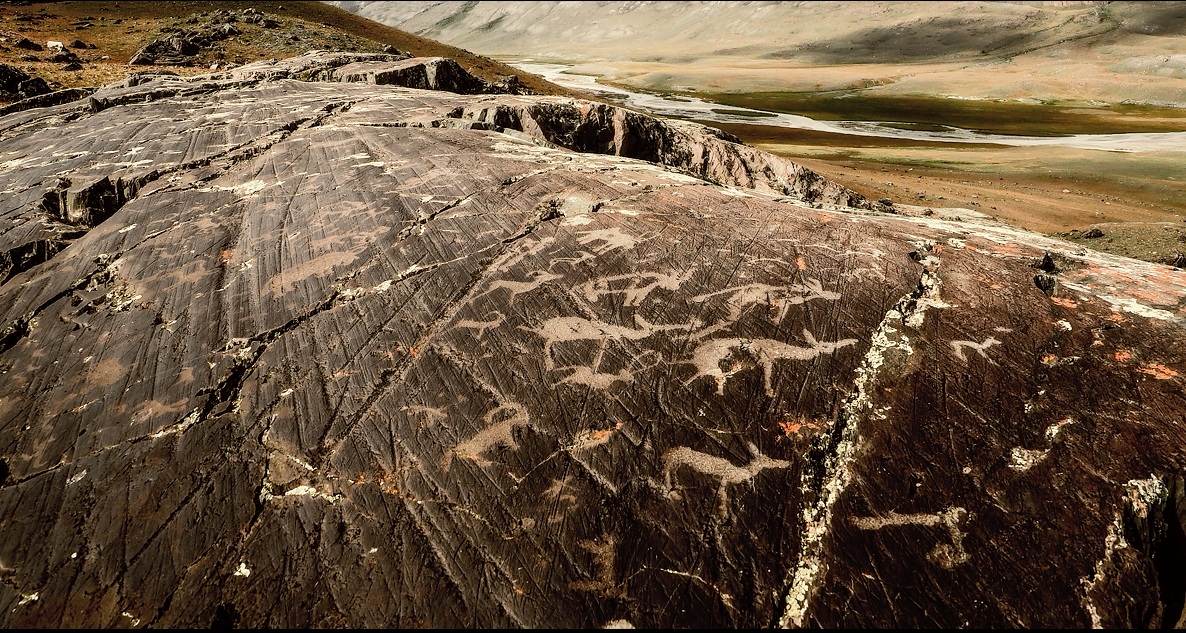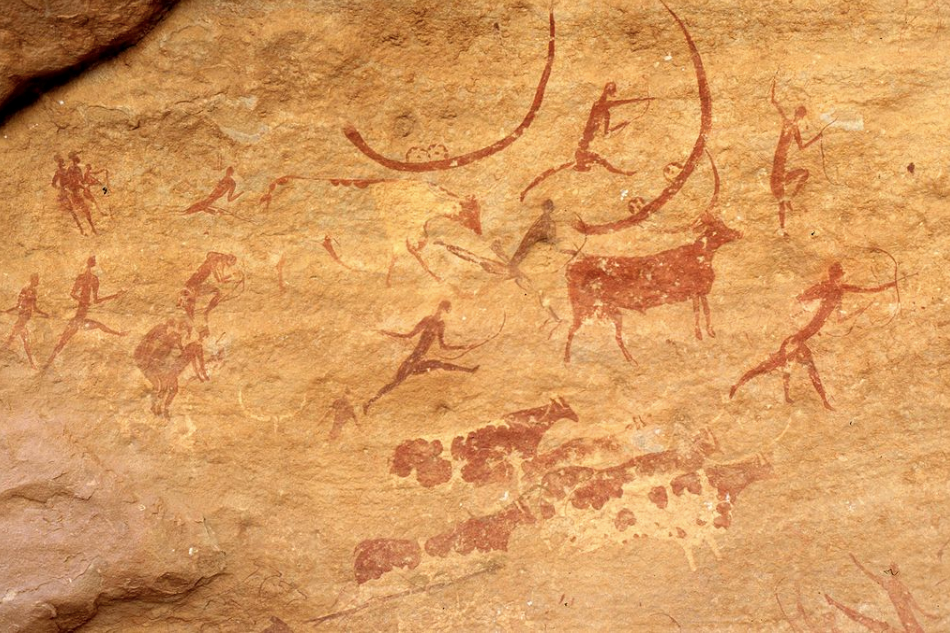“Art includes human works intended to touch the senses and emotions of the public. It can be painting as well as sculpture. Does prehistoric art mark the beginning of plastic art? Were prehistoric people the first artists? All the answers are in this article.
Birth of humanity
According to a well-known and rarely disputed scholarly adage, the monkey descends from the tree and man from the monkey.
Thus, the family Hominidae, which originated from the primates, appeared on earth about 20 million years ago.
Homo sapiens is a member of the Hominidae family. Certainly, our ancestor was born in North Africa between 2 and 300,000 years ago.
Birth of Homo Artisticus
There are many theories about the birth of art in prehistoric times.
Indeed, let this hypothesis (scientific if there is one) remain between us, but it is quite possible that the origin of parietal (translation: made on walls) or cave paintings (made on rock) goes back to the day when man returning to his cave to rest with his wife after a long day of hunting heard :
“Please draw me a buffalo.“
Whatever the case, what is obvious is that art has always been essentially figurative until the advent of abstract painting in the early 20th century.
Let’s get back to the point. Er, sorry! To our buffalos.
Medium used by prehistoric man
As they were really bad at chemistry, our distant ancestors of the Upper Paleolithic* used natural materials to paint on the walls of caves. The only colours available to them were black (is that a colour?), red ochre and yellow ochre.
Inspirational topics
In prehistoric times, the subjects that inspired people were mainly animals. But human representations can also be admired, mainly from the Neolithic period (between 6,000 and 2,000 BC), and also more or less geometric motifs.
The techniques of prehistoric art
The artistic production of the prehistoric period is not limited to paintings, but also includes engravings on walls and objects, mostly with flint, and sculptures, mostly made from clay (modelling).
Prehistoric art and its questions

Did prehistoric man execute these masterpieces for artistic considerations and the sheer pleasure of creation ? This seems highly unlikely.
Among the multitude of possible interpretations and hypotheses formulated – magic, shamanism, witchcraft, religion, mythology, marks of a social hierarchy, transmission of messages to the gods – it seems impossible to decide.
What is certain is that, voluntarily or not, they have bequeathed a message to other men and to future generations, including our own, a precious heritage for the knowledge of our distant origins, providing an answer, albeit a very partial one, to GAUGUIN’s existential question “Where do we come from? What are we ? Where are we going ?
*A period extending from around 40,000 to 10,000 years before our era, and to which the first “completed” figurative artistic representations can be traced (perhaps).
Sources : Ministry of Culture, Wikipédia
➨ Find us on our networks Facebook, Instagram and Twitter ! 😀



